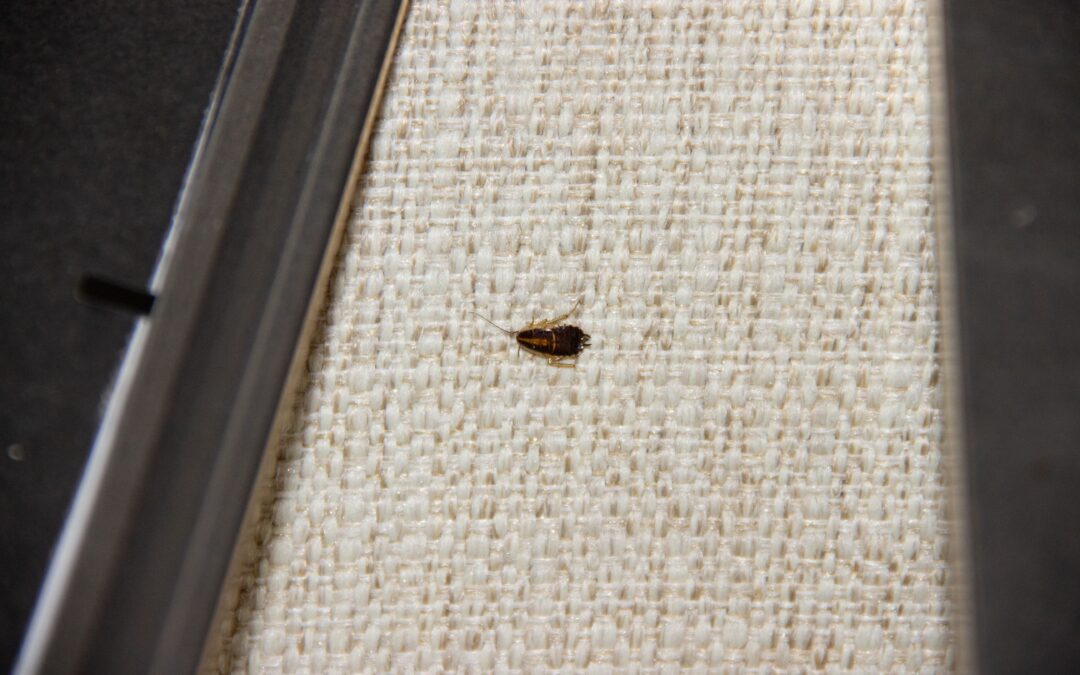All major cockroach pests are non-native species that have migrated throughout the world within shipping cargo, airline luggage, and even international mail. In North America, a small number of cockroaches that are commonly referred to as “wood cockroaches” may become a nuisance within and around homes on occasion due to their attraction to sources of white light like porch lights and indoor lights. However, unlike non-native cockroach pests that have adapted to living in close association with humans, native wood cockroaches are not capable of establishing reproductive populations within homes.
The indoor behaviors demonstrated by native wood cockroaches are also markedly different from those exhibited by non-native cockroaches. For example, wood cockroaches do not retreat from approaching humans, and they are not in the habit of hiding within well concealed indoor spaces like their non-native counterparts. While more than a dozen non-native cockroach species have become major indoor pests in the US, only four can be found throughout the country including Massachusetts. These non-native cockroach pest species are commonly known as American (Periplaneta americana), German (Blattella germanica), Oriental (Blatta orientalis), and brown-banded cockroaches (Supella longipalpa).
Many pest control professionals agree that cockroaches are the most difficult pests to eradicate from infested homes along with bed bugs, termites, and certain indoor-nesting ant species. In order to eliminate cockroaches from infested structures, pest control professionals must use a variety of techniques including non-chemical methods like sealing potential insect entry points on the exterior walls of structures and reducing cockroach attractants like moisture and food scraps within structures. Desiccating dusts and aerosols are often injected into wall voids and into cracks and crevices to kill roaches within their hidden harborages, and repellent chemicals are used to prevent roaches from accessissing food within pantries and kitchen cupboards.
While no single method can rid a structure of cockroach pests, baiting has been considered the most important cockroach control method since roach baits were introduced to the market during the 1980s. However, during the mid 1990s, cockroaches started to avoid baits, and it was later proven that cockroach pests had developed both a behavioral and a physiological resistance to bait products. In response to this shortcoming, researchers developed baits that kill bait-avoidant roaches via secondary transmission of bait toxicants. If indoor cockroaches cannot locate food, most specimens will eventually consume poisoned bait, and the few cockroaches that stubbornly refuse to eat baits will instead consume the corpses and feces of their own kind. If bait-avoidant roaches consume the feces and corpses of roaches that died from bait poisoning, the poison will transfer to the bait-avoidant cockroaches, resulting in secondary death.
Have you ever placed bait stations throughout your home in an effort to eliminate cockroaches?

